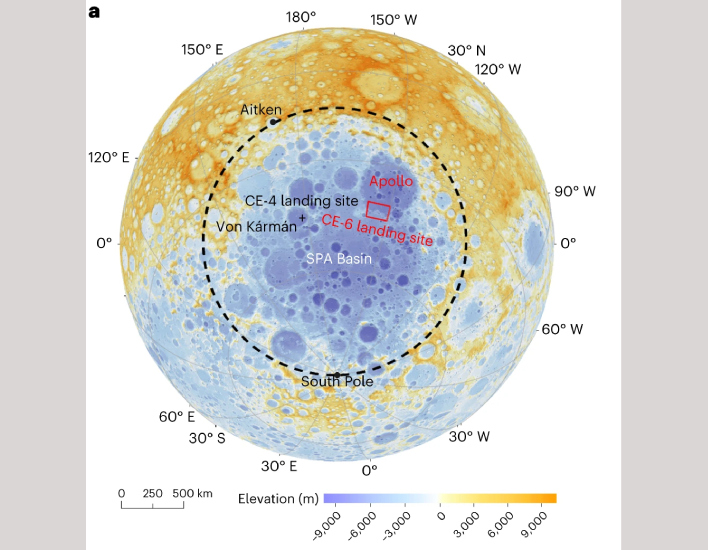China Launches Rocket To The Other Side Of The Moon, Kicks Space Race Up A Notch
Until now, China has focused on bringing soil samples from the Moon back to Earth with previous missions. Chang’e-6, however, will be attempting to land on the side of the Moon that faces away from Earth, somewhere at the southern edge of the Apollo Basin. The Apollo Basin is an incredibly large impact crater, and is a double-ringed walled plain crater. Once the probe collects samples of the lunar soil, it will then attempt to return those samples back to Earth.
Chang’e-5 and Chang’e-6 are both part of China’s third phase of its Chinese Lunar Exploration Program. While the first two phases focused on achieving lunar orbit and landing on the lunar surface, the third phase is focused on returning lunar soil samples to Earth. Following the completion of phase three, the final phase will attempt to conduct robotic research on the lunar south pole. Once all that is complete, the Chinese space agency will move into a new program sending manned missions to the Moon.

Payload onboard the Chang Zheng 5 rocket comprises four major modules. The modules are the orbiter, lander, ascent vehicle, and the sample-return capsule. The lander will, of course, land on the lunar surface, but also perform the probe collection. Each probe weighs approximately 2 kilograms, and will collect from around 2-meters below the lunar surface.
Once drilling is complete, the samples will be stored in the ascent vehicle, which will then attempt to take off from the lunar surface and into lunar orbit where it will dock with the orbiter. The orbiter also houses the sample-return capsule, which will hopefully safely return the samples back to the team on Earth.
The mission is an international effort, with France, Sweden, Italy, and Pakistan all contributing scientific equipment. France’s Detection of Outgassing Radon (DORN) will conduct studies of the transport of lunar dust and other interactions between lunar regolith, lunar water, and more. The other countries' contributions include Italy’s INstrument for landing-Roving laser Retroflector Investigations (INRRI) instrument, Sweden’s Negative Ions on Lunar Surface (NILS) instrument, and the Pakistani CubeSat, called ICUBE-Q.
With more countries focusing on returning to the Moon and exploring it in greater detail than ever before, the competition to stay ahead has never been more demanding.


